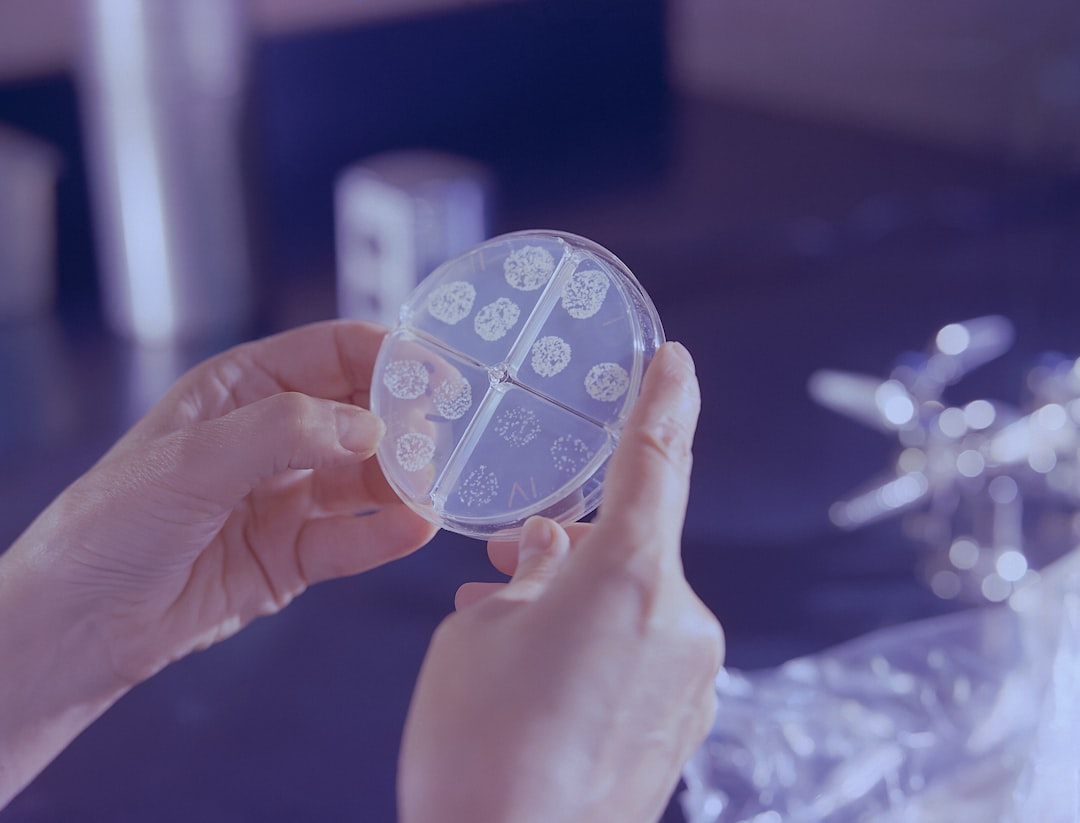What is it about?
The potential for microbes to overcome antibiotics of different classes before they reach bacterial cells is largely unexplored. Here we show that a soluble bacterial lipocalin produced by Burkholderia cenocepacia upon exposure to sublethal antibiotic concentrations increases resistance to diverse antibiotics in vitro and in vivo. These phenotypes were recapitulated by heterologous expression in B. cenocepacia of lipocalin genes from Pseudomonas aeruginosa, Mycobacterium tuberculosis, and methicillin-resistant Staphylococcus aureus. Purified lipocalin bound different classes of bactericidal antibiotics and contributed to bacterial survival in vivo. Experimental and X-ray crystal structure-guided computational studies revealed that li- pocalins counteract antibiotic action by capturing antibiotics in the extracellular space. We also demonstrated that fat-soluble vitamins prevent antibiotic capture by binding bacterial lipocalin with higher affinity than antibiotics. Therefore, bacterial lipocalins contribute to antimicrobial resistance by capturing diverse antibiotics in the extracellular space at the site of infection, which can be counteracted by known vitamins.
Featured Image
Why is it important?
Current research on antibiotic action and resistance focuses on targeting essential functions within bacterial cells. We discovered a previously unrecog- nized mode of general bacterial antibiotic resistance operating in the extracellular space, which depends on bacterial protein molecules called lipocalins. These molecules are highly conserved in most bacteria and have the ability to capture different classes of antibiotics outside bacterial cells. We also discovered that liposoluble vitamins, such as vitamin E, overcome in vitro and in vivo antibiotic resistance mediated by bacterial lipocalins, providing an unexpected new alternative to combat resis- tance by using this vitamin or its derivatives as antibiotic adjuvants.
Read the Original
This page is a summary of: Antibiotic Capture by Bacterial Lipocalins Uncovers an Extracellular Mechanism of Intrinsic Antibiotic Resistance, mBio, March 2017, ASM Journals,
DOI: 10.1128/mbio.00225-17.
You can read the full text:
Resources
Contributors
The following have contributed to this page










